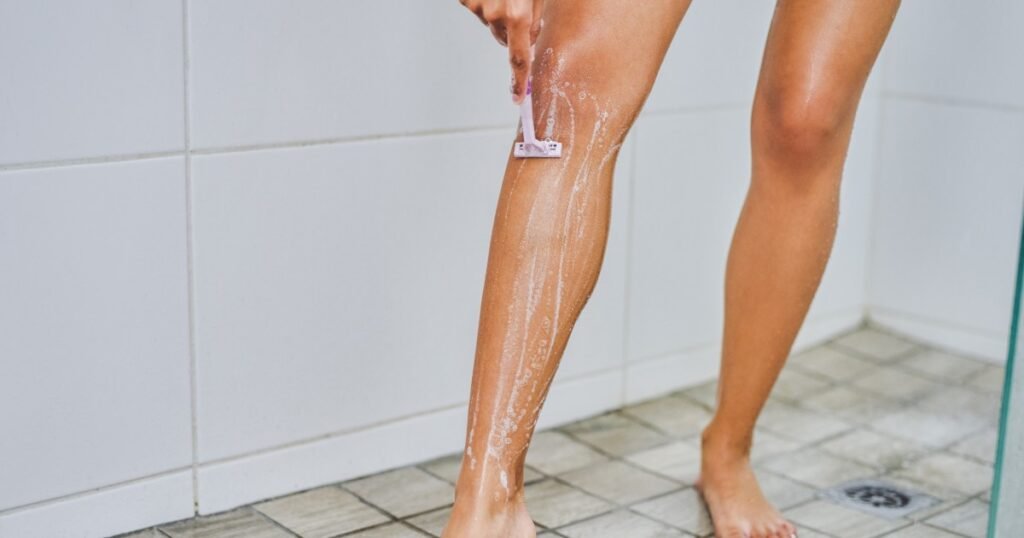How to Prevent and Treat Ingrown Hairs: A Comprehensive Guide
Shaving can often lead to the frustrating problem of ingrown hairs, which may manifest as irritation, redness, and discomfort. Understanding how to avert these pesky skin issues can greatly enhance your shaving experience. This guide outlines common causes of ingrown hairs, effective pre-shave and post-shave routines, and expert-recommended treatments.
What Are Ingrown Hairs?
Ingrown hairs occur when hair curls back into the skin instead of growing up and out. This can lead to red, raised bumps that may resemble pimples and could cause irritation or infection if not addressed.
Causes of Ingrown Hairs
- Hair Type: Coarse or curly hair is more likely to grow sideways and burrow into the skin.
- Improper Techniques: Shaving too closely can lead to hair becoming trapped beneath the skin, particularly in thick-haired areas like the legs, underarms, and beard.
Preventing Ingrown Hairs
Adopting good skincare practices before, during, and after shaving can significantly reduce the likelihood of ingrown hairs.
Pre-Shaving Tips
-
Exfoliate Regularly: Regular exfoliation helps remove dead skin that can clog follicles. Dr. Noelani González, a dermatologist, advises, "Use warm water and a moisturizing shaving cream or gel," before shaving.
-
Upgrade Your Tools: Always use sharp blades. Dull razors cause inflammation and increase infection risks.
- Shave with the Grain: Always shave in the direction of hair growth and aim for fewer strokes to avoid any skin irritation.
Post-Shaving Care
-
Moisturize Immediately: Applying a moisturizer after shaving can hydrate the skin and reduce irritation. Look for products with salicylic or glycolic acid.
-
Use Anti-Inflammatory Agents: Gels with aloe vera or tea tree oil can calm the skin.
- Cool Compresses: A cooled cloth can help alleviate any immediate post-shave redness or irritation.
Alternative Hair Removal Methods
For those prone to ingrown hairs, consider alternative methods like laser hair removal or electrolysis as long-term solutions. Dr. Hooman Khorasani explains that while laser hair removal effectively prevents ingrown hairs, electrolysis may be suitable for those with lighter hair.
Treating Ingrown Hairs
If you do end up with an ingrown hair, the following treatments can help:
-
Chemical Exfoliants: Products containing apple cider vinegar or retinol can help break down the skin cells that are trapping the hair.
-
Avoid Picking: Picking at ingrown hairs can lead to infections and scarring.
- Topical Treatments: Over-the-counter creams containing anti-inflammatories or antibiotics can alleviate discomfort.
When to Consult a Dermatologist
If ingrown hairs become infected or persist despite home treatment, visiting a dermatologist is advisable. They can perform minor procedures to remove trapped hairs and prescribe appropriate treatments.
Recommended Products for Prevention and Treatment
- Exfoliating Scrubs: Regular use assists with preventing dead skin buildup. Look for scrubs containing glycolic or salicylic acid.
- Antibacterial Creams: Products addressing irritation and aiding in skin recovery can be beneficial.
- Moisturizing Lotions: Incorporate a body lotion that includes AHA or BHA for hydration and exfoliation.
Editor Favorites
-
Dove Cherry & Chia Milk Body Scrub
- Benefits: Gentle, pH-balanced, ideal for frequent use.
-
European Wax Center Ingrown Hair Serum
- Key Ingredients: Glycolic and tea tree oil, works to reduce ingrown hair appearance effectively.
- First Aid Beauty Ingrown Hair Pads
- Convenience: Easy to use on-the-go, these pads help prevent ingrown hairs with key exfoliating ingredients.
Conclusion
With the right precautions and products, the discomfort of ingrown hairs can be minimized or entirely avoided. Keeping your skin healthy involves understanding both prevention and treatment strategies. For persistent or severe cases, seeking professional advice will get you the tailored solutions you need.
For more details on ingrown hair prevention, consider visiting American Academy of Dermatology or Mayo Clinic.
This guide provides a structured approach to understanding and managing ingrown hairs, ensuring a smoother and more pleasant grooming experience.


